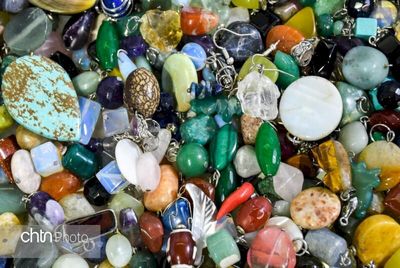Cutting precious and semi-precious stones and making ornaments out of them will be the focus of the workshop, Seyyed Amin Qasemi said on Thursday.
Due to the high costs of training in this field, the province’s cultural heritage department intends to work with the private sector to make sure those interested can obtain training at a lower cost and with higher quality, the official added.
In the world handicraft market, cutting precious and semi-precious stones is one of the most important fields that can play a significant role in job creation and income generation, he explained.
Lorestan is one of the lesser-known travel destinations in Iran and mainly acts as a gateway to the neighboring Khuzestan province which hosts UNESCO sites of Susa, Tchogha Zanbil, and Shushtar Historical Hydraulic System.
Lorestan is also a region of raw beauty that an avid nature lover could spend weeks exploring, living with a nomad or rural family.
With 14 entries, Iran ranks first globally for the number of cities and villages registered by the World Crafts Council, as China with seven entries, Chile with four, and India with three ones come next.
The value of Iran’s handicrafts exports stood at $120 million during the first eleven months of the past Iranian calendar year 1399 (March 20, 2020 – February 18, 2021), Mehr reported. The country’s handicrafts exports slumped during the mentioned months in comparison to the same period last a year earlier due to the damage the coronavirus pandemic has inflicted on global trade.
Source: Tehran Times

